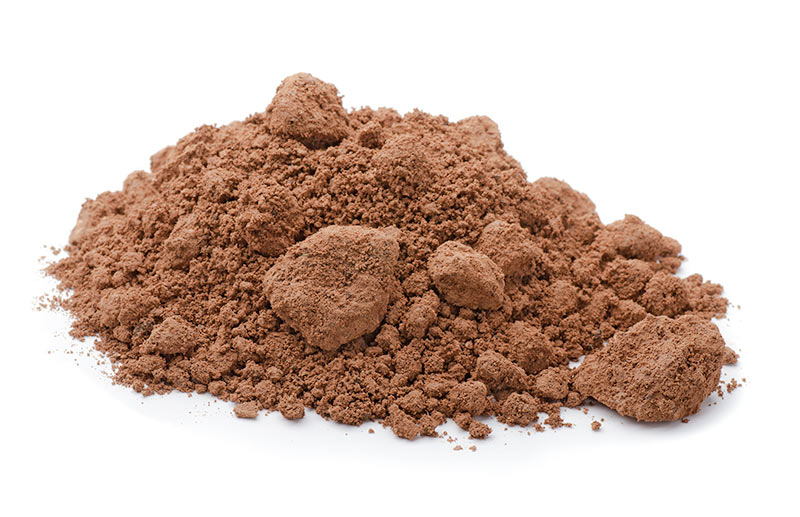
History of Clay Minerals
Civilizations have used clay minerals in various ways for thousands of years. One of the oldest building materials on Earth, clay still contributes to the composition of over ½ of the structures in which people live and work. Ancient and modern civilizations alike have used clay for more than just building material. Clay has appeared as a primary ingredient in health and beauty routines throughout the centuries. Even the paint industry relies upon clay’s unique properties, as it is used to evenly distribute colored pigment throughout the solvent.
Clays: The Importance of Structure in Grinding
A variety of different clay minerals are found within the Earth’s surface; however, all clay types have a common chemical composition and structure. While clay’s unique properties are due in large part to its crystal structure, it is the integrity of this structure that the grinding process can threaten.
Grinding results are best when the process is quick and efficient. The longer clay is ground, the more the crystal structure is broken down. A few applications may prefer this effect, but most clay applications require the crystal structure still be intact for optimal results.
Hence, the choice of equipment used for grinding the clay proves to be an important one for the end-result. Additionally, the temperature created during the grinding process can have an adverse effect on the properties of the clay. Some lengthy grinding methods create too much heat within the particles, causing adverse reactions and a structural breakdown of the particle.
Attritor Grinders for Optimal Results
Attritor grinders solve both these issues. This grinding method keeps temperatures under control and moves the product through quickly, maximizing the control within the grinding process.
Our Attritor advantages include:
- Simplicity and safety of operation
- Low power consumption
- Fast and efficient grinding
- Excellent temperature control
- Low maintenance
Chemical processing utilizes media milling technology for three major results:
- Particle size reduction of chemicals
- Mixing and milling of several chemicals to form new chemical compounds
- Activation or liberation of chemical raw materials